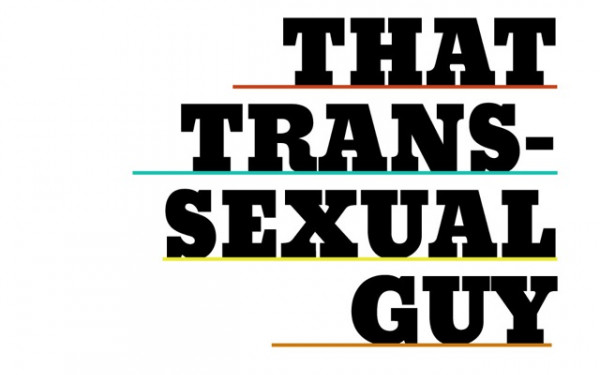Growing Up Gendered
A Look at Transgender Issues From a Medical Perspective
Those who think of gender as something as simple as being born a girl or a boy and growing up to become a woman or a man should think again.
Most people come into the world as females or males and are socialized as feminine or masculine individuals according to norms defining what is a woman or a man in any given culture. But this is far from being a straightforward concept for everyone.
Sex Is Objective, Gender Is Subjective
“Sex is what you go to bed with and gender is what you go to bed as,” said Dr. Stephen Rosenthal, director of the pediatrics endocrine clinic at the University of California, San Francisco Medical Center and founder of the Child and Adolescent Gender Center.
It’s much more subtle than that, but to oversimplify slightly, sex is a genetic, hormonal and anatomical physical reality, while gender is a psychosocially constructed sense of identity. An individual’s gender identity starts being defined long before puberty and any sexual activity.
Therefore it should not be not directly associated with sexual orientation. According to Dr. Rosenthal, sexual orientation is who you go to bed with.
Having female or male chromosomes will not automatically turn you into a girl or a boy—not even anatomically. The Intersex Society of North America notes that one child in 1,500 to 2,000 “is born so noticeably atypical in terms of genitalia that a specialist in sex differentiation is called in.”
In one births out of 100 the “bodies differ from standard male or female” and in one out of 1,000 surgery is used to “‘normalize’ genital appearance.” If the body can diverge from what its genetics tell it to be, so can the mind.
According to Dr. Shuvo Gosh, a Developmental Behavioral Pediatrician at the MUHC and head of the Gender Variant Clinic at the Montreal Children’s Hospital, about five per cent of the pediatrics population experiences gender variance of some sort.
These children either present cross-gender identification or experience discomfort with their own sex and don’t recognize themselves in stereotypical gender roles or attitudes.
Health Sciences Terminology Debated
There is an ongoing debate in the scientific community on terminology about the condition medically known as gender identity disorder. For years, gender advocacy groups and members of the World Professional Association for Transgender Health have been critical of this term.
The DSM-V Work Group on Sexual and Gender Identity Disorders of the American Psychiatric Association proposes to rename GID “gender incongruence”—a new terminology that does not satisfy Dr. Rosenthal any more than the first one did. He personally suggested the term “gender-body divergence” to eliminate any negative connotation in the diagnosis.
“Gender is fluid,” Dr. Rosenthal told The Link in a phone interview. He and Dr. Gosh both argue that gender variance should be considered a variation rather than a deviation—just like there are variations between the many skin tones and hair or eye colours, there are similar variations in gender.
Obviously, being transgender or gender non-conforming has serious health implications, which must be addressed on both the medical and psychosocial level.
Educating Caretakers and Relatives
The problem is that most people in the medical community don’t know how to deal with gender non-conforming children.
“We are not trained to treat or to approach this type of problem,” Université de Montréal third-year pediatrics resident Clara Low-Décarie stated in an email. A recent American study published in Pediatrics stresses “the importance of educating pediatricians about care guidelines for children and adolescents with GID.”
The Endocrine Society guidelines currently recommend “pubertal suppression for adolescents with gender identity disorder until approximately age 16.”
Gonadotropin-releasing hormone agonists are puberty-blocking hormones that can be prescribed as a way to give children and their parents time for counselling with mental health professionals to work out a gender-nonconforming diagnosis.
Once they reach puberty, adolescents can take cross-gender sex hormones to develop the physical attribute of the sex with which they identify—an option available for transgender adults who want to change sex, too.
Programs like Dr. Rosenthal’s and Dr. Gosh’s address a growing need for medical and psychosocial support for a condition that is still misunderstood and stigmatized. In the vast majority of cases, GID symptoms lessen or disappear when gender non-conforming children enter puberty.
When it does not, it persists strongly and is often accompanied by psychiatric problems and can lead to depression and suicide. Family acceptance and understanding is key in easing the cross-gender transition.

ED1(WEB)_816_896_90.jpg)
_600_832_s.png)



3_600_375_90_s_c1.jpg)